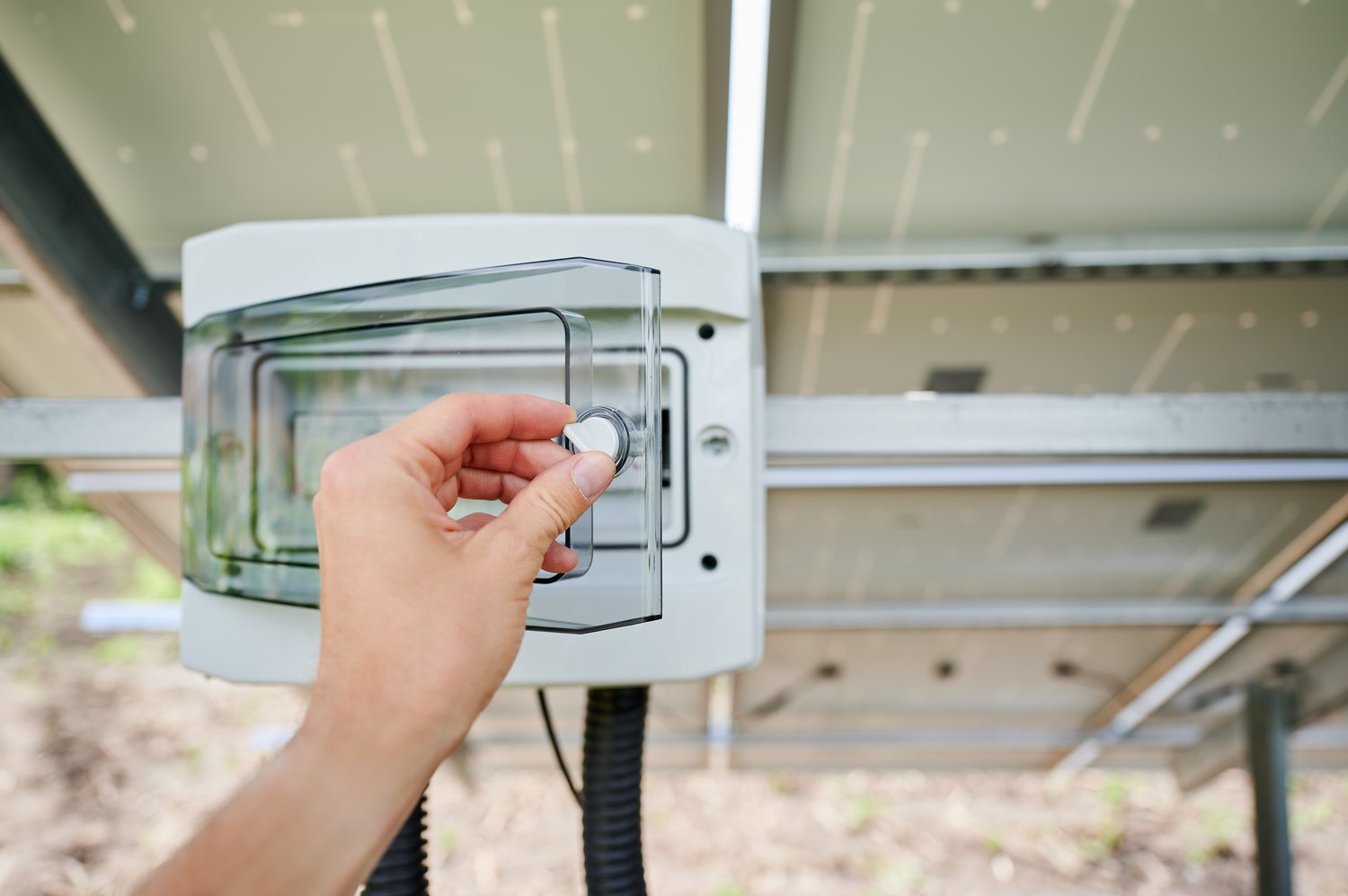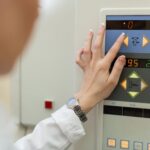Picture this: your solar power system is humming smoothly, generating clean energy and reducing your electricity bills. Suddenly, a series of cryptic error codes appears on your solar inverter, leaving you wondering whether they’ll threaten the efficiency of your investment. Understanding these error codes is not just a technical necessity; it’s your gateway to unlocking seamless and sustainable energy flow.
- Discover the most common solar inverter error codes and their meanings to swiftly identify potential system hiccups.
- Learn how to effectively troubleshoot overvoltage issues indicated by Error E01, ensuring safety and efficiency.
- Equip yourself with practical DIY strategies for addressing minor inverter problems, keeping your solar setup in peak condition.
By delving into this guide, you’ll not only gain essential troubleshooting skills but also empower yourself to protect your solar energy investment, ultimately leading to enhanced system longevity and performance. Ready to take control of your solar power setup?
Common Issues and Solar Inverter Error Codes Explained: DIY Diagnosis and Solutions
Solar inverters are the heart of your solar power system, responsible for converting direct current (DC) from solar panels into alternating current (AC) usable in your home. They are equipped with smart technology that continuously monitors their operation, alerting you through error codes when something goes awry.
Understanding solar inverter error codes is crucial because they provide specific indications of issues that might be affecting your system’s performance. Among the most common problems highlighted by these codes are connectivity issues, temperature spikes, grid disturbances, and incorrect power inputs.
By becoming familiar with these codes, you can diagnose your solar unit’s malfunctions efficiently, preventing minor problems from escalating. Often, with a bit of troubleshooting knowledge, home and property owners can resolve these issues without needing extensive professional intervention, thus keeping their solar energy systems operating efficiently.
Decoding Error E01: Overvoltage Troubleshooting
Error code E01 is frequently encountered and typically signifies an overvoltage condition within your solar inverter system. This error can occur when the voltage output from the solar panels exceeds the safe operational limits of the inverter, potentially causing damage if not addressed promptly.
To diagnose and rectify this error, begin by checking the solar panel array. Verify if any panels are malfunctioning or if there are installation issues causing excess voltage. It’s also crucial to inspect all electrical connections for signs of wear, fraying, or loose contact, as these can contribute to voltage anomalies.
Furthermore, external factors such as grid fluctuations can impact inverter operation. Assess whether there have been recent changes or disturbances in the local power grid that might be affecting your system. By systematically evaluating these areas, you can often pinpoint the cause of the overvoltage and implement appropriate fixes.
By following these diagnostic steps, not only do you safeguard your solar inverter from potential damage, but you also ensure a stable, efficient energy output that maintains the longevity and reliability of your solar power setup.
DIY Repair Strategies for Solar Inverter Error Codes Explained: DIY Diagnosis and Solutions
Once you’ve identified the error codes displayed by your solar inverter, you can implement DIY repair strategies to address these issues efficiently. Understanding these error signals is crucial for maintaining the flexibility and functionality of your solar power system. By employing some basic troubleshooting methods, you can tackle minor problems without needing extensive professional help.
Start with a thorough visual inspection of your solar inverter and the surrounding components. Check for any obvious signs of wear and tear or loose connections. A well-lit environment will ensure you don’t miss subtle visual cues which can point to larger issues.
Address common issues by checking the wiring and connections. Tighten any loose connections and replace damaged wires. Pay close attention to the junction points as these are commonly overlooked but might be a source of trouble.
Regularly update your inverter’s firmware if such an option is available. Manufacturers often release updates to resolve firmware bugs, optimize performance, and improve error detection. Refer to the manufacturer’s guidelines to safely conduct a firmware update.
If you encounter error code E01 related to overvoltage, begin your examination with the solar panels. Ensure they’re clean and not too close to causing shading or shadows, which can impact performance. Check the inverter’s settings to make sure they align with your region’s grid specifications.
Consider using a multimeter to measure voltages at various points in your system. This tool helps identify voltage discrepancies that might not be immediately obvious. A careful analysis of voltage levels can reveal underlying issues such as defective panels or poor grid connectivity.
Keep a log of recurring error codes for future reference. Patterns in the error codes can reveal long-term issues affecting your system, and understanding these patterns will make future troubleshooting easier.
By employing these DIY repair strategies, you not only save on potential professional maintenance costs but also ensure a longer lifespan and increased efficiency for your solar power system. Proactive management of error codes can result in seamless energy production and optimal functionality.
Frequently Asked Questions about Solar Inverter Error Codes
What are solar inverter error codes?
Solar inverter error codes are diagnostic indicators that reveal issues within your solar power system, helping identify specific problems for troubleshooting.
How do I find my solar inverter’s error codes?
Error codes can typically be viewed on the inverter’s display panel or accessed via a connected app, depending on your model.
Can I fix solar inverter errors myself?
Yes, for minor issues, DIY solutions can be effective, but ensure you follow safety guidelines and consult your inverter’s manual.
What should I do if I encounter error code E01?
Check for overvoltage: examine solar panel connections and verify grid stability. Reduce generated power if necessary.
When should I call a professional for inverter errors?
If DIY efforts fail or you face complex issues like persistent voltage fluctuations, seek professional help to avoid system damage.





